
This was an informative and fun volume. I enjoyed the sometimes whimsical writing of Millman and the sketches by Amy Porter that are sprinkled throughout the book.

This was an informative and fun volume. I enjoyed the sometimes whimsical writing of Millman and the sketches by Amy Porter that are sprinkled throughout the book.
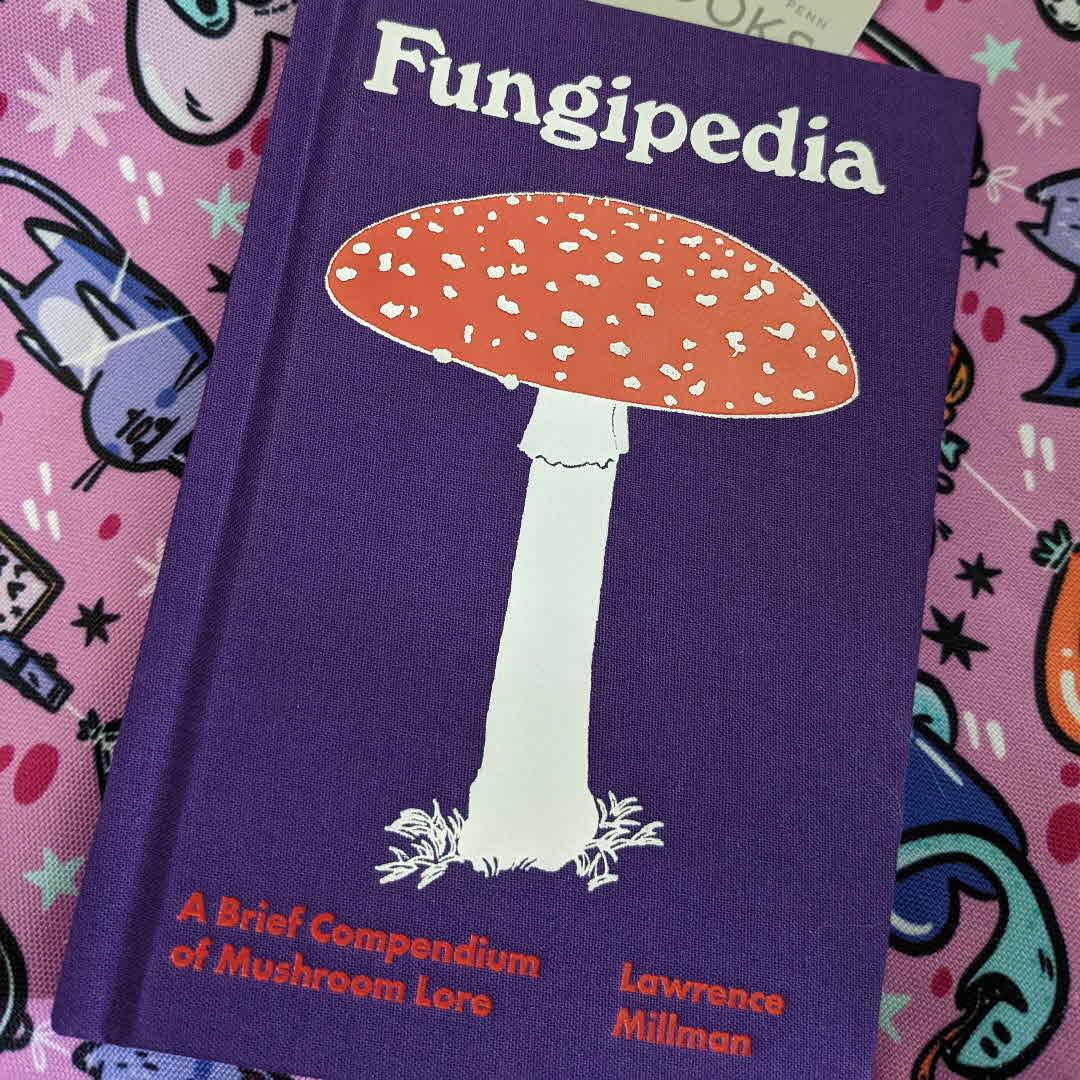
I had the chance to explore a new local bookstore this morning and found this intriguing book.
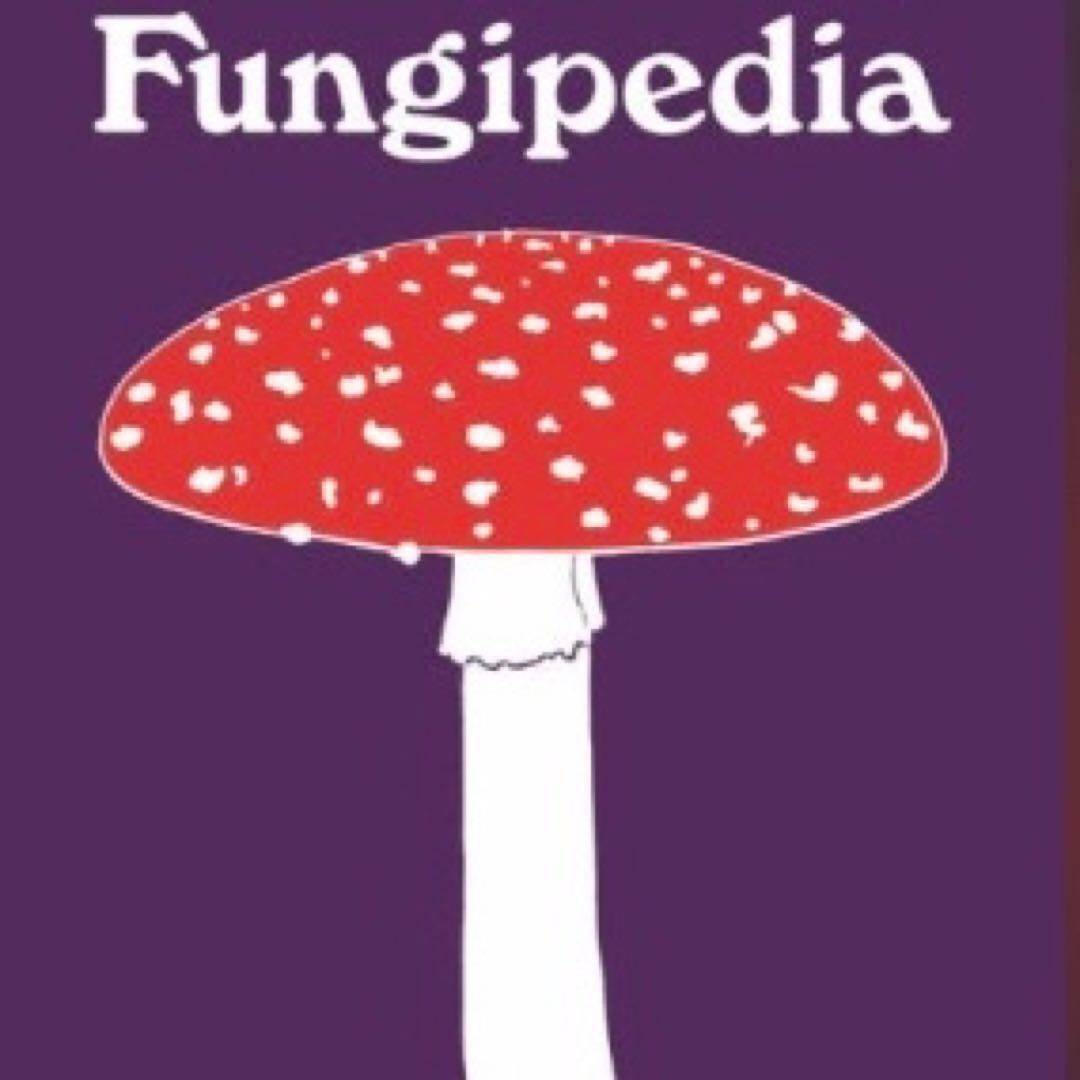
Have you been longing to become more conversant in mycological facts & lore? No? It doesn‘t matter! This is the funny & informative compendium you didn‘t know you were missing! You‘ll learn that a mushroom stem is called a stipe and that a sloth‘s hairs have grooves that serve as hydroponic gardens for fungi! And so much more! Amaze & amuse your friends with trivia about mushroom sex, deification of fungi & poisonings!
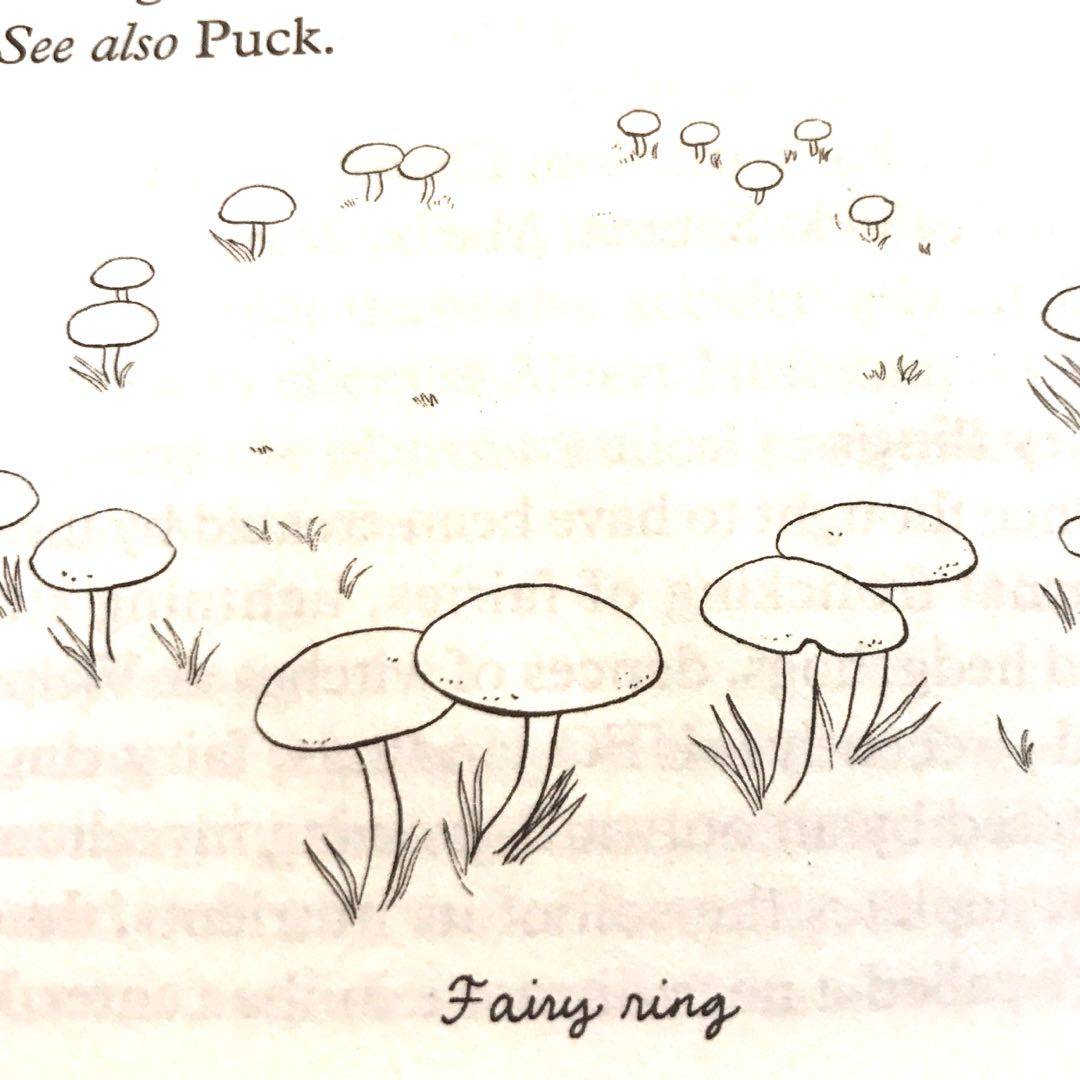
Fairy rings can be quite venerable. Purple-spored puffballs (Calvatia cyathiformis) can form fairy rings that survive for 400 years or more. One particularly large fairy ring near Stonehenge in southern England is estimated to be at least 1,000 years old.

Also, lysergic acid diethylamide, otherwise known as LSD, is an ergot derivative accidentally discovered in 1943 by Swiss chemist Albert Hofmann when he was investigating the pharmaceutical properties of ergot.
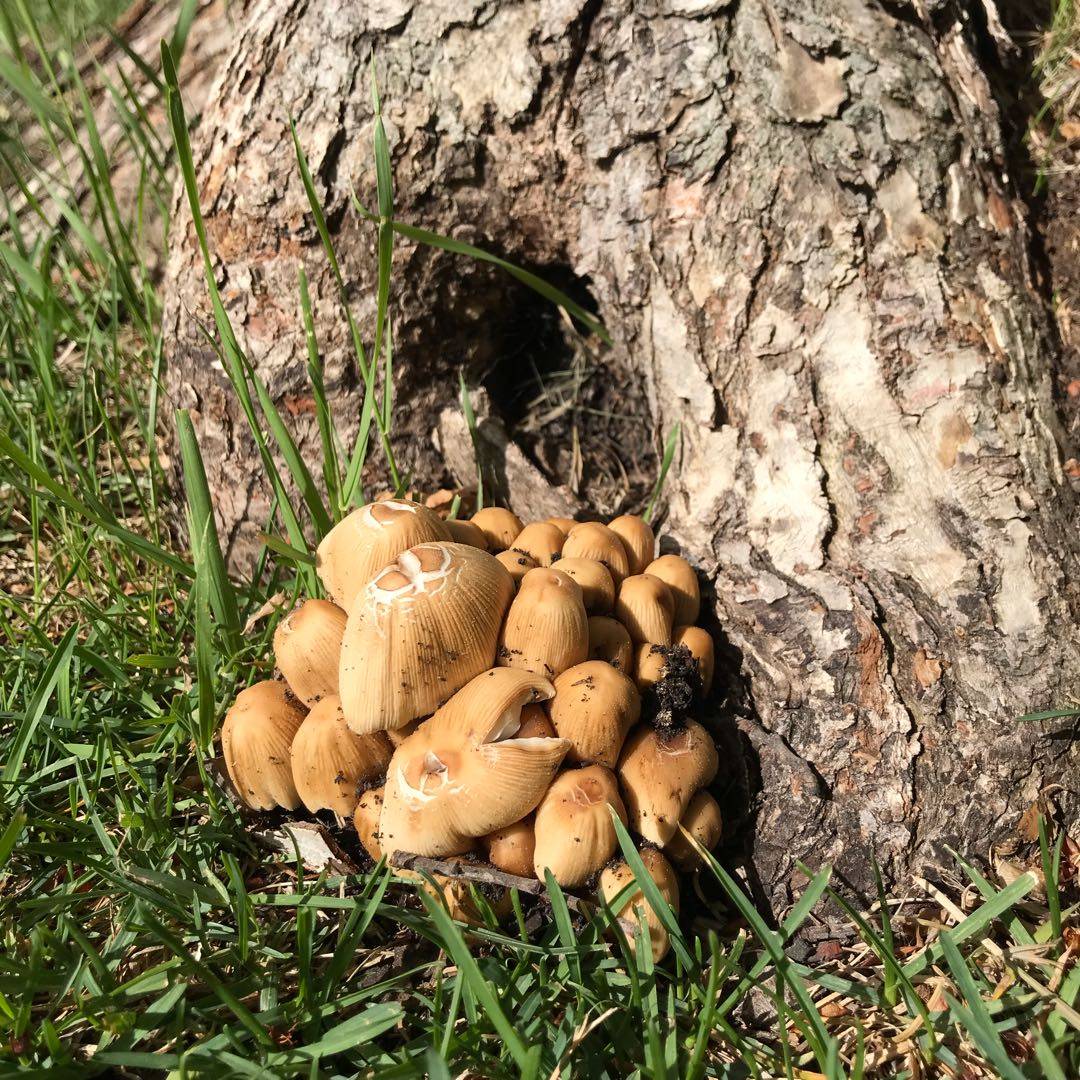
An example of mycophobia is the sentence “There is a fungus among us,” which schoolkids use to describe a bad classmate.
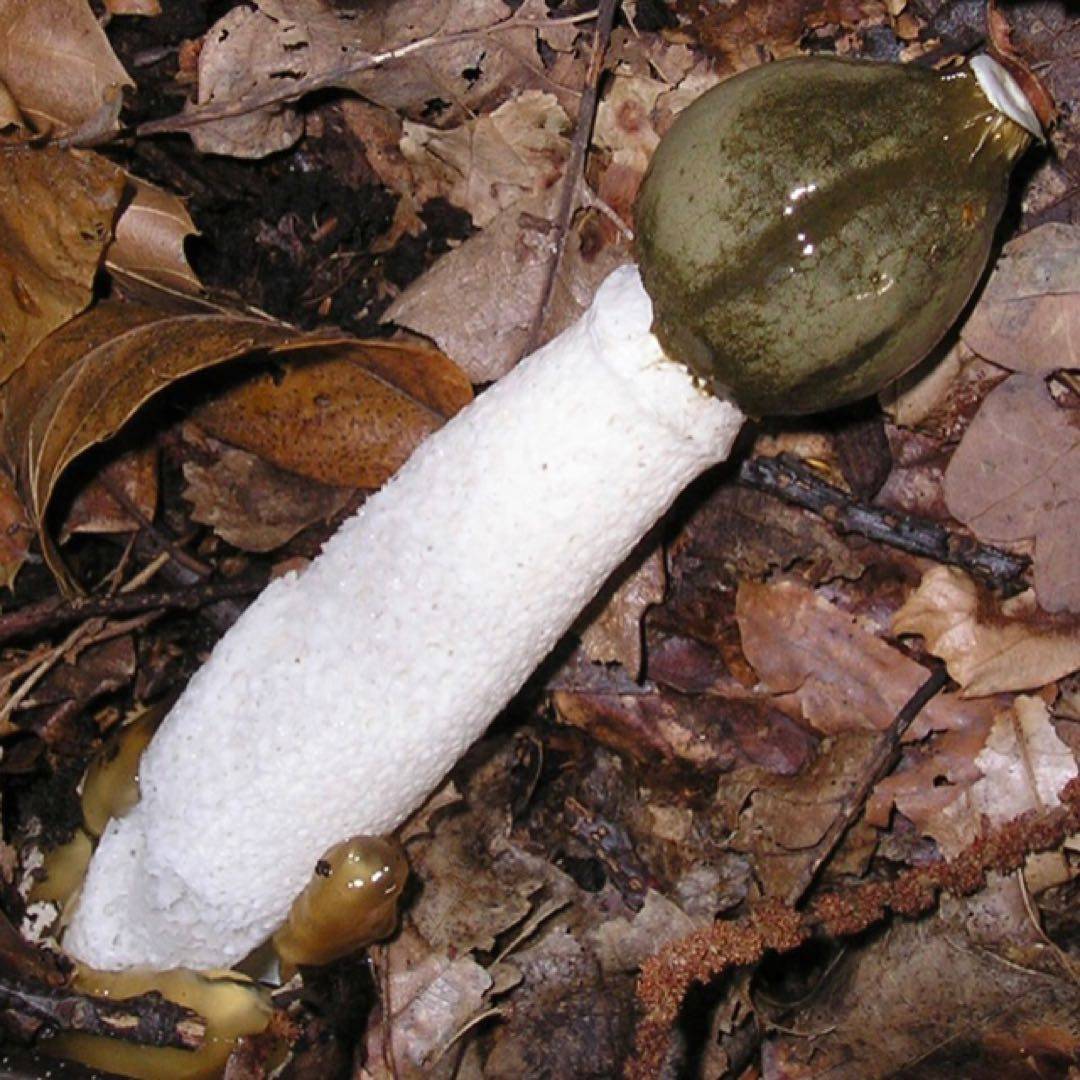
Upon seeing a specimen [of Phallus impudicus], Thoreau wrote in his journal: “Pray what was Nature thinking of when she made this? She almost puts herself on a level with those who draw in privies.”
(Internet photo)

A bright orange, extremely spongy member of the bolete family first discovered as recently as 2011 in Sarawak, Malaysia, by mycologist Tom Bruns, is named after the well known Nickelodeon cartoon character Spongebob SquarePants.

Recently, the wood of several ordinary violins was inoculated with Xylaria polymorpha mycelia, and the sound ended up very close to that of Strativarius violins.
(Internet photo)

A typical mushroom in the prime of its life might produce upward of 30,000 spores per second. Certain spores can remain viable for 100+ years, so when they walk into a bar, they can simply sit down on a stool and wait, then wait some more, until a compatible mating type also walks in.

The mating types of spores are sometimes called genders. To ensure their survival, most fungi have many genders, but the split gill (Schizophyllum commune) takes the proverbial cake by having 28,000 genders.

At Le Pré-Saint-Gervais outside Paris, German composer Johann Schobert picked a batch of mushrooms & brought them to a restaurant so the chef could cook them. “Poisonous,” the chef said. Schobert left in a huff & brought them to another restaurant, whose chef said the same thing. Whereupon Schobert went home & cooked the mushrooms himself … with the result that he, his wife, & all but one of his children departed this world.